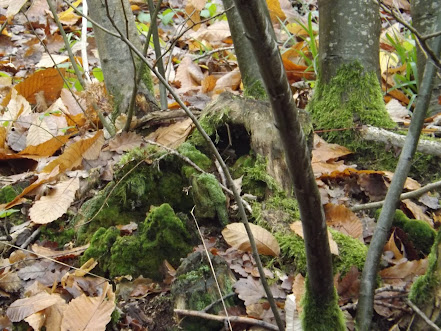My First Derive
What is a derive?
The dérive (French:, "drift") is a revolutionary strategy originally put forward in the "Theory of the Dérive" (1956) by Guy Debord, a member at the time of the Letterist International. Debord defines the dérive as "a mode of experimental behavior linked to the conditions of urban society: a technique of rapid passage through varied ambiances." It is an unplanned journey through a landscape, usually urban, in which participants drop their everyday relations and "let themselves be drawn by the attractions of the terrain and the encounters they find there". Though solo dérives are possible, Debord indicates that the most fruitful numerical arrangement consists of several small groups of two or three people who have reached the same level of awareness, since cross-checking these different groups' impressions makes it possible to arrive at more objective conclusions.
The dérive's goals include studying the terrain of the city (psychogeography) and emotional disorientation, both of which lead to the potential creation of situations.
My set parameters:
For my derive I set myself the rule that I would only photograph things that caught my eye along the trail through the woods - be that a tree with different coloured leaves to the rest of the surrounding trees or a splintered log that took my interest. I also had to capture seasonal beauty in my work, ie. the autumn leaves, how they look, how they fall, as well as keeping a pace to my walk, thus meaning I completed the trail.
Looking through the photographs I took, I decided to curate them and pick only the clearest and most visual interesting that best described the section of the woods I was walking.
All photographs taken 24/09/2020.




















Comments
Post a Comment